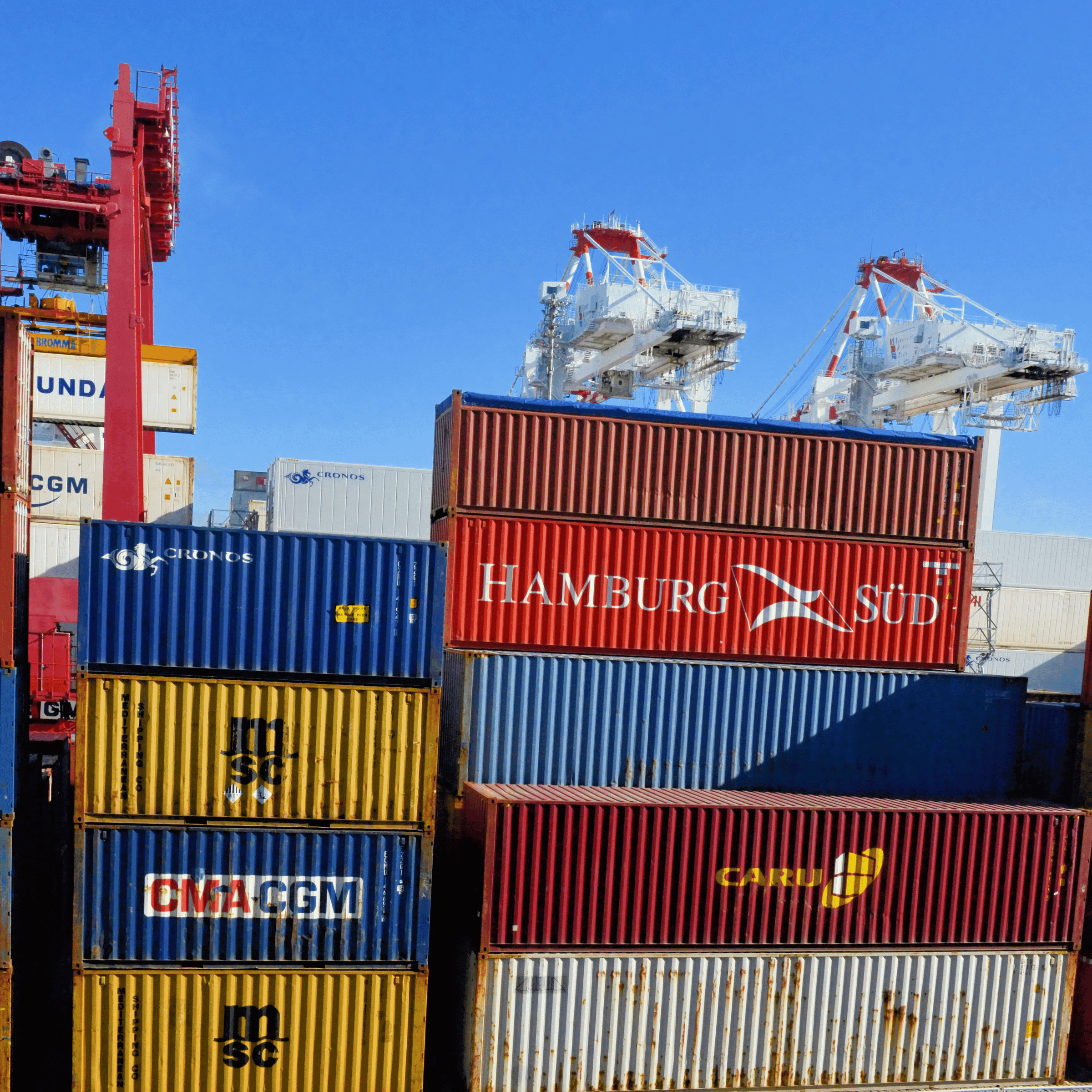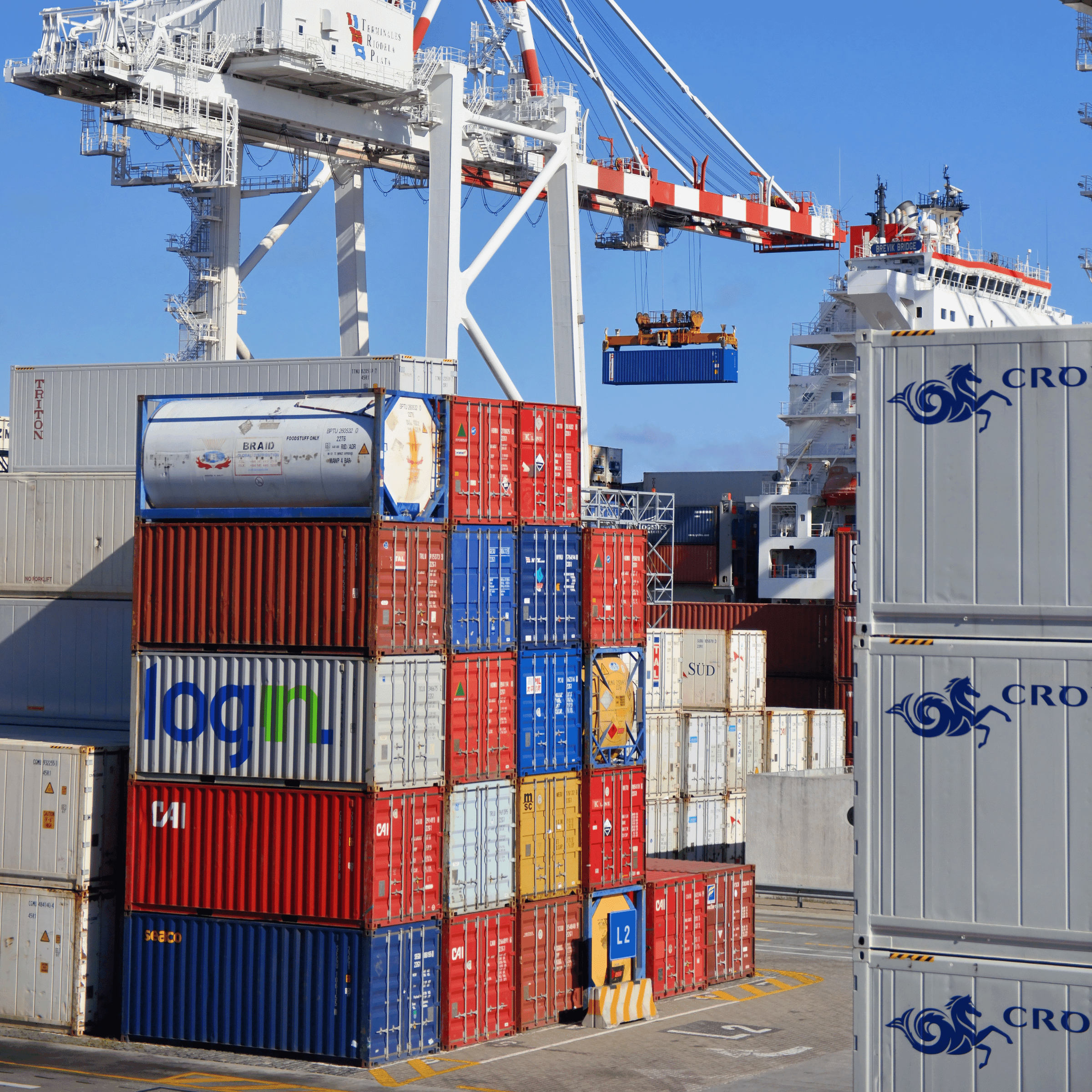Why Cross-Border Logistics is Undergoing a Transformation in 2025
Cross-border shipping in 2025 is more intricate, regulated, and business-critical than ever. For ecommerce brands, manufacturers, and distributors, moving goods across international borders is no longer just about transportation and tariffs — it’s about navigating an increasingly complex web of customs regulations, trade compliance, carbon reporting, and data governance.
Failure to comply with evolving international regulations can result in delayed shipments, financial penalties, seized goods, or even loss of market access. For companies that rely on global supply chains, these risks directly impact profitability, customer satisfaction, and operational resilience.
Third-party logistics providers (3PLs) have become indispensable partners in helping brands meet these challenges head-on. In 2025, leading 3PLs offer far more than basic fulfillment or warehousing. They provide integrated compliance expertise, advanced technology platforms, bonded warehousing solutions, and proactive strategies to manage risk across borders.
This in-depth article examines how the regulatory environment for cross-border shipping has changed, what challenges and opportunities these changes present, and how forward-thinking 3PLs are positioning themselves to help brands succeed in this environment.

Key Regulatory Trends Shaping Cross-Border Shipping in 2025
1. Heightened Customs Scrutiny and Enforcement
In 2025, customs authorities across North America, Europe, and Asia-Pacific have significantly tightened their scrutiny of import/export documentation, including HS codes, valuation accuracy, and rules of origin declarations. Advanced data analytics and AI technologies allow agencies to cross-reference shipments against historical data and industry benchmarks to detect anomalies more efficiently.
Common issues triggering audits or penalties in 2025 include:
- Misclassification of goods leading to underpayment of duties
- Inadequate proof of origin under free trade agreements
- Errors in declared value for customs purposes
- Inaccurate descriptions impacting de minimis thresholds
3PLs are responding by integrating compliance tools that minimize human error, automate tariff calculations, and ensure documentation is audit-ready at every stage.
2. Expansion of Carbon Border Adjustment Mechanisms (CBAM)
The European Union’s Carbon Border Adjustment Mechanism (CBAM), initially applied to carbon-intensive sectors, is being expanded in 2025 to include a broader range of goods such as consumer electronics, textiles, and household goods. Similar frameworks are being implemented in Canada, the UK, and Australia, designed to tax imports based on the carbon footprint of their production and transportation.
These environmental tariffs require precise emissions tracking from point of origin through delivery. For brands and their 3PL partners, this adds a new compliance layer to cross-border logistics requiring accurate Scope 3 emissions reporting and supply chain transparency.
3. Revisions to Trade Agreements and Tariff Structures
Major trade agreements such as USMCA, CPTPP, and bilateral agreements between the EU and Asia-Pacific countries continue to evolve, with updates to rules of origin, tariff classifications, and duty drawback opportunities. At the same time, geopolitical shifts are prompting new tariffs, import licensing regimes, and retaliatory duties in key markets.
For 3PLs, this dynamic environment necessitates ongoing monitoring of regulatory updates and the ability to adjust strategies quickly to avoid unnecessary duty exposure or supply chain disruptions.
4. Stricter Data Privacy and Cross-Border Data Transfer Regulations
Cross-border data transfer laws have become more restrictive in 2025, particularly under GDPR (EU), China’s Cybersecurity Law (CSL), and state-specific legislation in the United States. These regulations require careful handling of customer, shipment, and customs data during international transactions.
3PLs are strengthening their IT infrastructures to ensure data localization requirements are met, cross-border transfers are secured, and systems are compliant with evolving privacy laws. Non-compliance risks include operational shutdowns, legal action, and substantial fines.

How Modern 3PLs Are Addressing Cross-Border Shipping Challenges
1. In-House Customs Brokerage and AI-Driven Compliance Tools
Leading 3PLs in 2025 are investing in dedicated customs brokerage services paired with AI-driven software to manage classification, valuation, and compliance. These technologies reduce the risks of human error, accelerate customs clearance, and identify duty optimization opportunities in real-time.
Capabilities typically include:
- Automated HS code verification and classification updates
- Landed cost calculators integrated into TMS platforms
- AI tools to monitor regulatory changes and flag compliance risks
- Real-time duty and tariff simulation to support cost planning
2. Multi-Nodal Fulfillment Networks and Bonded Warehousing
To mitigate cross-border risks and optimize cash flow, 3PLs are expanding multi-nodal networks that leverage bonded warehouses, free trade zones (FTZs), and distribution hubs strategically located near key markets. Bonded warehousing allows companies to store imported goods without paying duties until goods are officially released into the market or re-exported, offering financial and operational flexibility.
Benefits of bonded warehousing include:
- Deferred duty payments improving cash flow management
- Streamlined re-export procedures for global distribution
- Enhanced inventory control and reduced carrying costs
- Compliance protection through delayed customs declarations
3. Integrated Sustainability Reporting and Carbon Tracking
With increased emphasis on Scope 3 emissions reporting, 3PLs are integrating sustainability metrics directly into their transportation and warehouse management systems. These platforms allow brands to monitor the environmental impact of specific shipments, model alternative routing options to reduce emissions, and prepare documentation for regulatory and ESG reporting purposes.
Advanced 3PL platforms in 2025 typically provide:
- Real-time emissions dashboards tied to specific shipments
- Automated reporting aligned with CBAM and ESG requirements
- Route optimization tools that factor in emissions alongside cost and lead time
4. Digitized Documentation and Trade Compliance Workflows
Manual document handling is no longer viable in 2025 for efficient cross-border logistics. 3PLs are digitizing trade compliance through blockchain, electronic data interchange (EDI), and API integrations with customs authorities. This ensures consistency, accuracy, and transparency while significantly reducing processing times.
Key innovations include:
- Blockchain-based certificates of origin and trade documents
- Automated generation of commercial invoices and packing lists
- Integrated export filings with government portals (ACE, AES, etc.)
- Digital document vaults for audit readiness and data security
5. Proactive Risk Management and Regulatory Consulting
Top-tier 3PLs offer consulting services to help brands navigate emerging regulations, optimize tariff structures, and minimize exposure to geopolitical risks. This includes providing clients with scenario planning, tariff engineering strategies, and trade compliance audits to ensure supply chains remain resilient in the face of change.
Advisory services often focus on:
- Optimizing tariff classifications for cost savings
- Managing sanctions, export controls, and restricted party screening
- Conducting compliance health checks and risk assessments
- Navigating forced labor regulations and supply chain transparency laws

Best Practices for Brands Managing Cross-Border Fulfillment in 2025
For brands engaged in international trade, staying competitive requires proactive management of compliance, technology, and partnerships. Key strategies include:
Conduct Routine Trade Compliance Audits
Ensure accurate HS code classifications, documentation alignment with current trade agreements, and eligibility for duty relief programs through regular audits.
Utilize Bonded Warehousing for Strategic Inventory Management
Store goods in bonded facilities to defer duties, manage cash flow more effectively, and facilitate re-export operations.
Integrate Technology for Visibility and Control
Ensure internal systems connect seamlessly with your 3PL’s WMS and TMS platforms to provide real-time insights into inventory, compliance status, and shipment performance.
Partner with 3PLs with Proven Regulatory Expertise
Select logistics partners who specialize in navigating customs complexities, CBAM compliance, and cross-border data governance to reduce risk and enhance operational efficiency.
Prepare for Evolving Sustainability Requirements
Collaborate with your 3PL to establish transparent, auditable processes for emissions reporting and supply chain sustainability metrics.

The Future of Cross-Border Shipping: Trends to Watch
Looking ahead, expect continued digitization of customs processes through AI, blockchain, and global e-invoicing mandates. Regulatory scrutiny will likely intensify around forced labor prevention, carbon impacts, and data privacy. Transparency and compliance will become even more critical differentiators for global brands.
3PLs that invest in compliance expertise, digital infrastructure, and sustainability solutions will be best positioned to support brands in navigating these complexities while maintaining operational agility and cost competitiveness.
Why Snapl Is a Strategic 3PL Partner for Cross-Border Success
Snapl specializes in bonded warehousing, ecommerce fulfillment, and compliance-driven logistics solutions designed to help brands succeed in the evolving landscape of cross-border trade. Our technology integrations, industry expertise, and proactive strategies enable clients to reduce risk, control costs, and maintain compliance in an increasingly regulated world.

Simplify compliance, reduce costs, and improve visibility.
Contact Us





